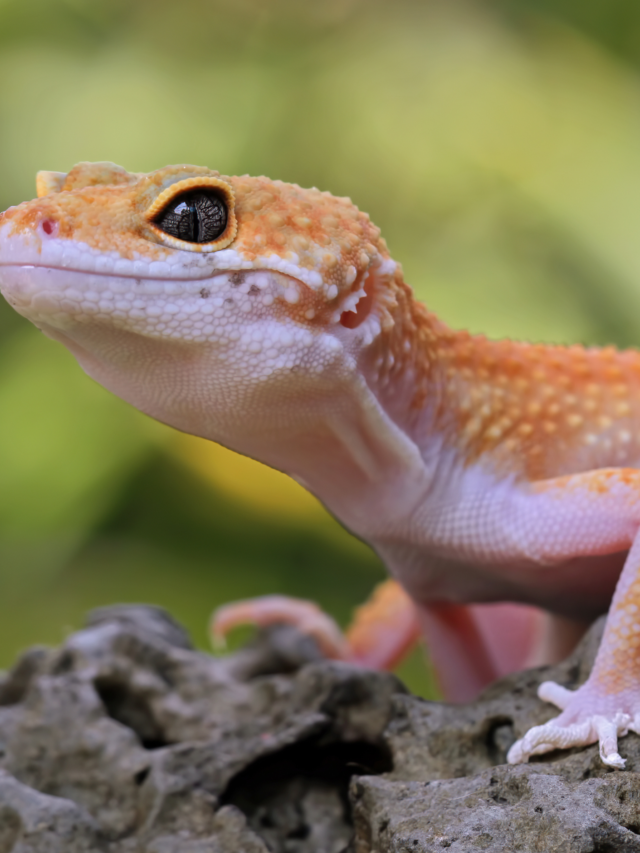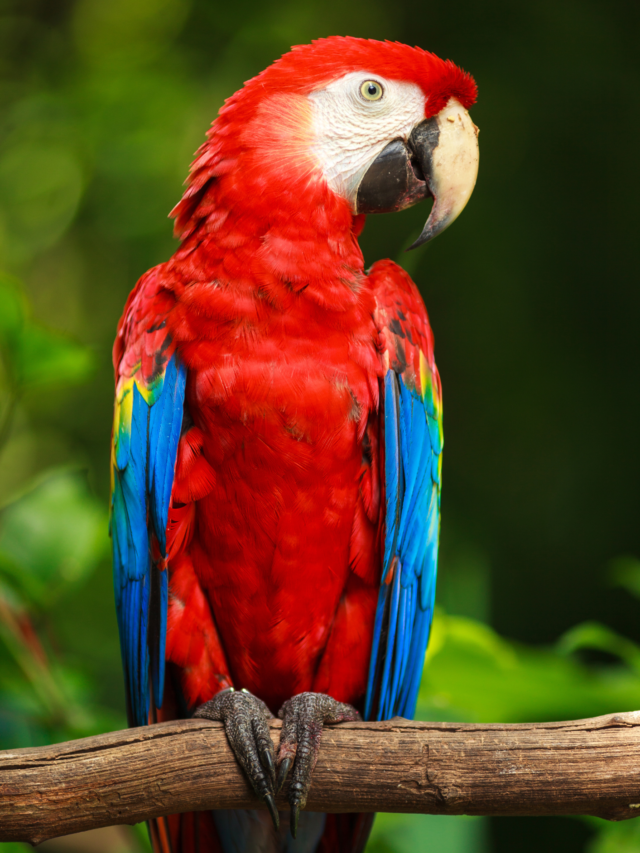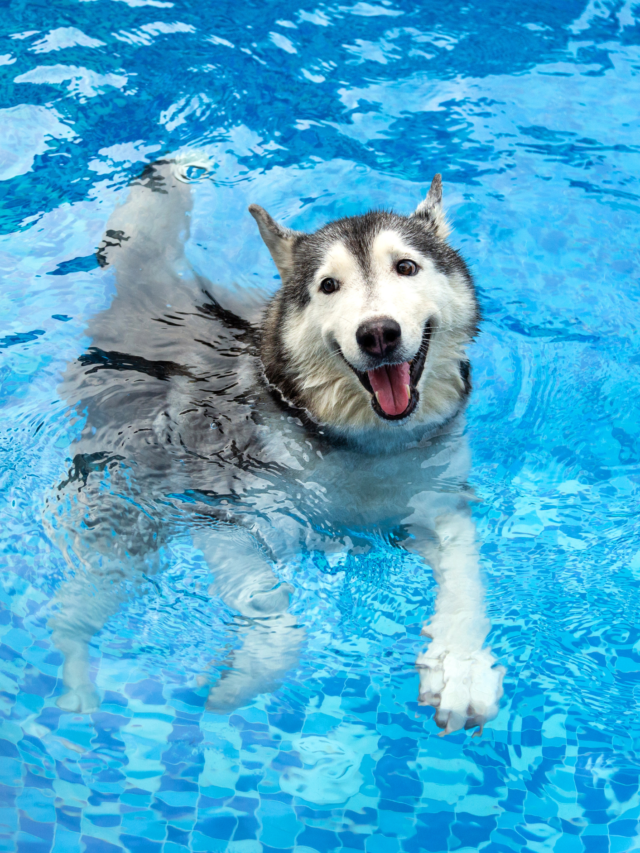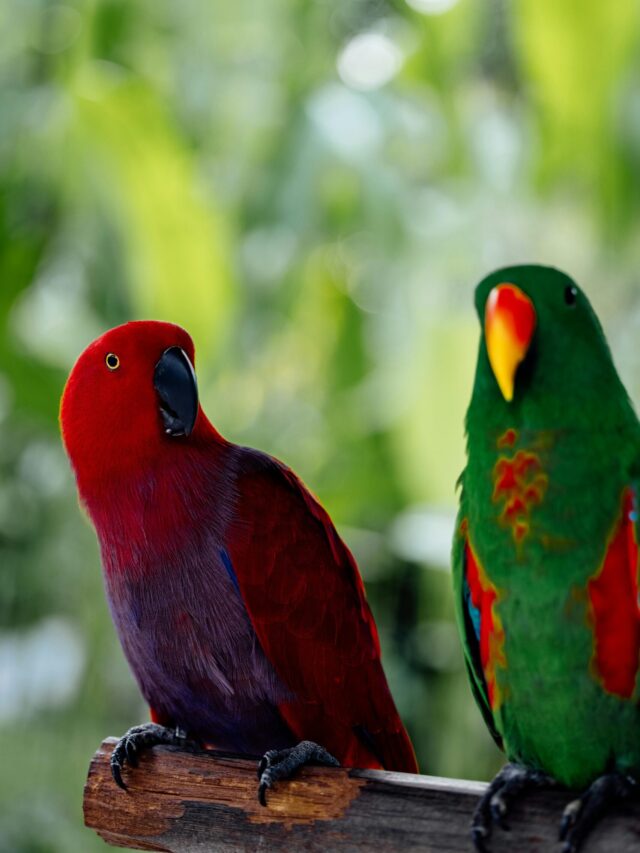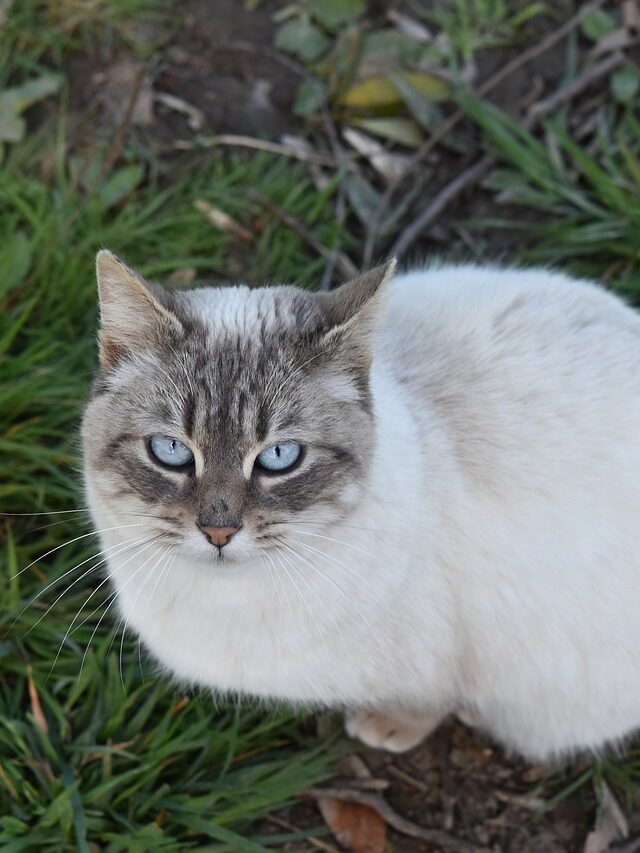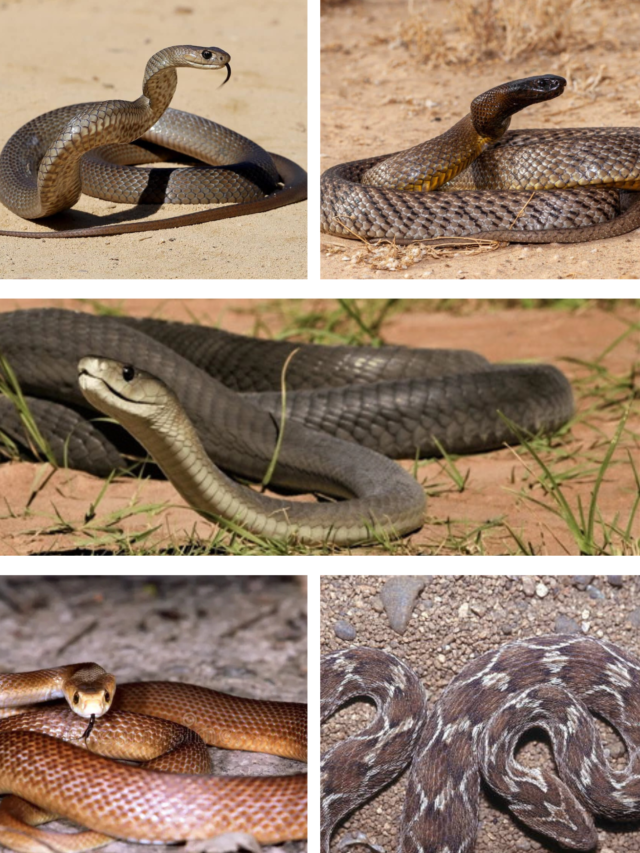Birds are often associated with the ability to soar through the skies, but not all birds share this capability. In fact, some species have evolved to thrive without the ability to fly, often developing unique adaptations that suit their environments. Here are 10 birds that have wings but cannot fly, showcasing the diversity and ingenuity of avian life.
1. Ostrich
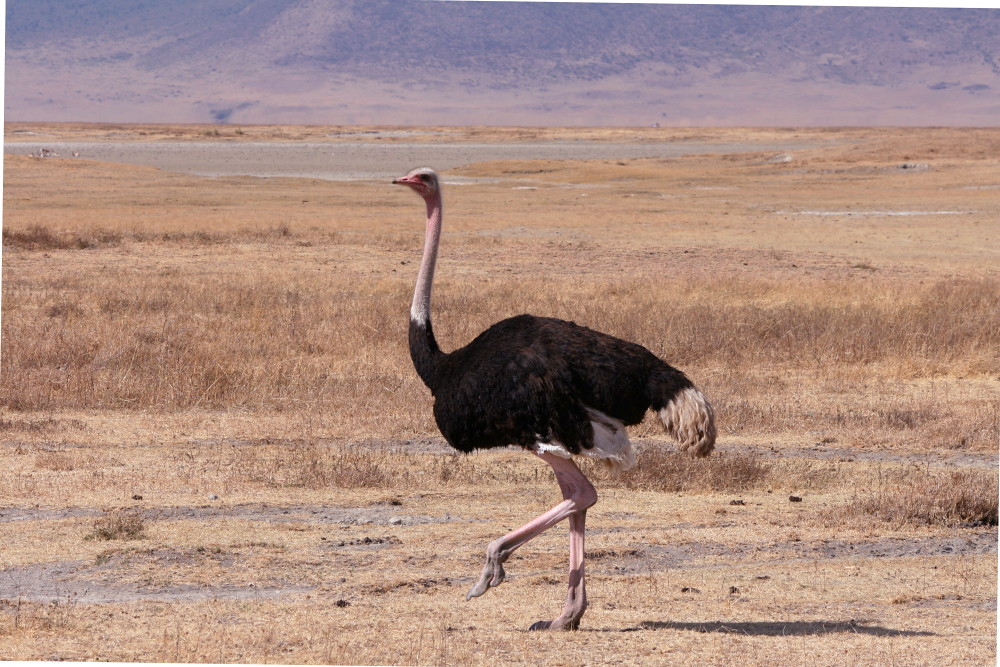
The ostrich (Struthio camelus) is the world’s largest bird and is native to Africa. These flightless giants are known for their incredible running speed, reaching up to 45 miles per hour. Their wings are used for balance while running and for display during mating rituals, but they are not designed for flight.
2. Emu
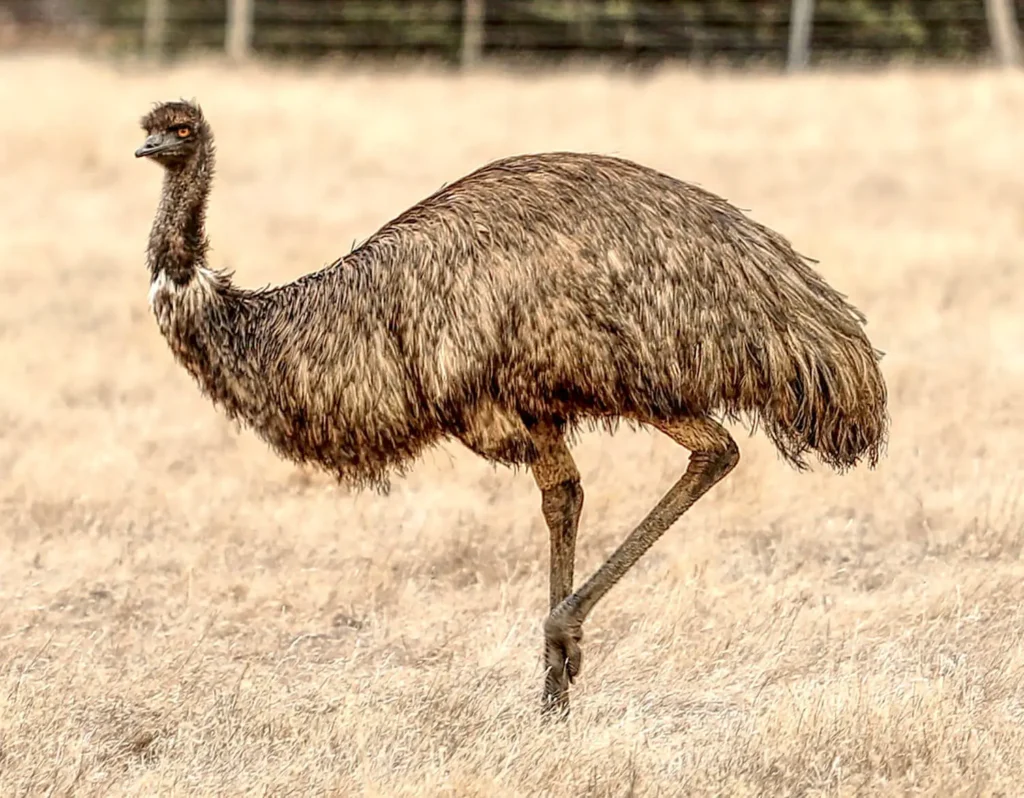
Native to Australia, the emu (Dromaius novaehollandiae) is the second-largest bird in the world. Emus have powerful legs that allow them to run at high speeds, up to 30 miles per hour. Their wings are relatively small compared to their body size and serve primarily for balance and thermoregulation.
3. Kiwi
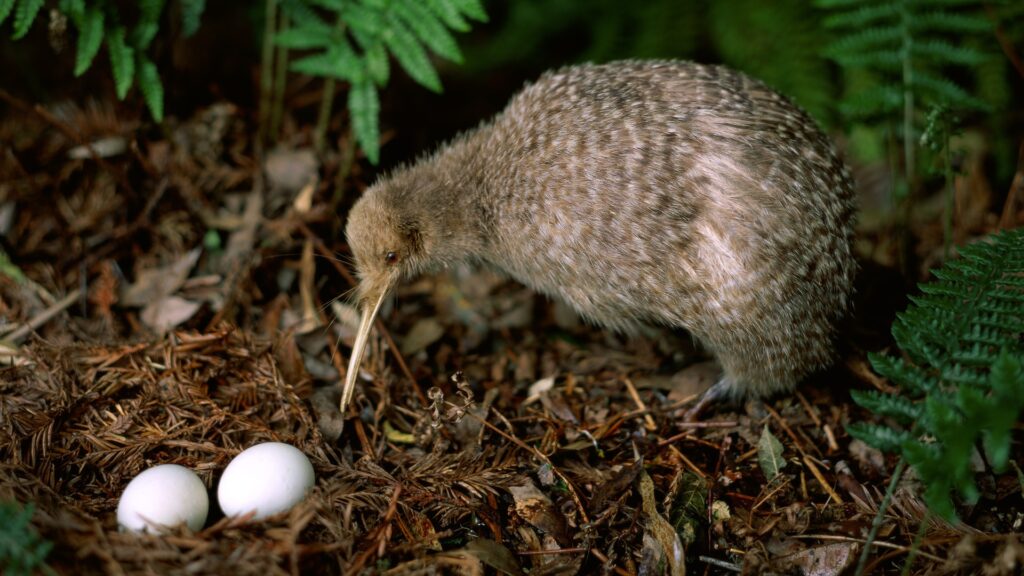
The kiwi (Apteryx) is a flightless bird endemic to New Zealand, known for its unique appearance, including a long beak and a round body covered in brown, hair-like feathers. Kiwis have small wings that are not capable of flight, but they are excellent at foraging on the ground for insects and worms.
4. Cassowary
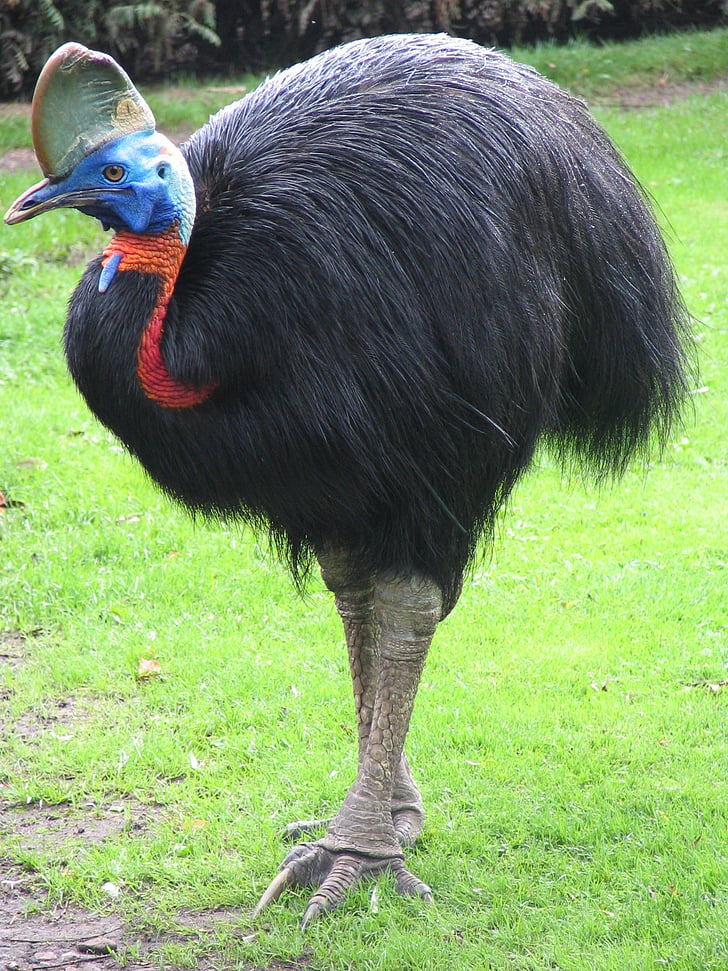
The cassowary (Casuarius spp.) is a large, flightless bird found in the tropical rainforests of New Guinea, nearby islands, and northern Australia. Known for their striking blue and black plumage and a prominent casque on their heads, cassowaries are powerful runners. Their wings are small and primarily used for balance and courtship displays.
5. Penguin
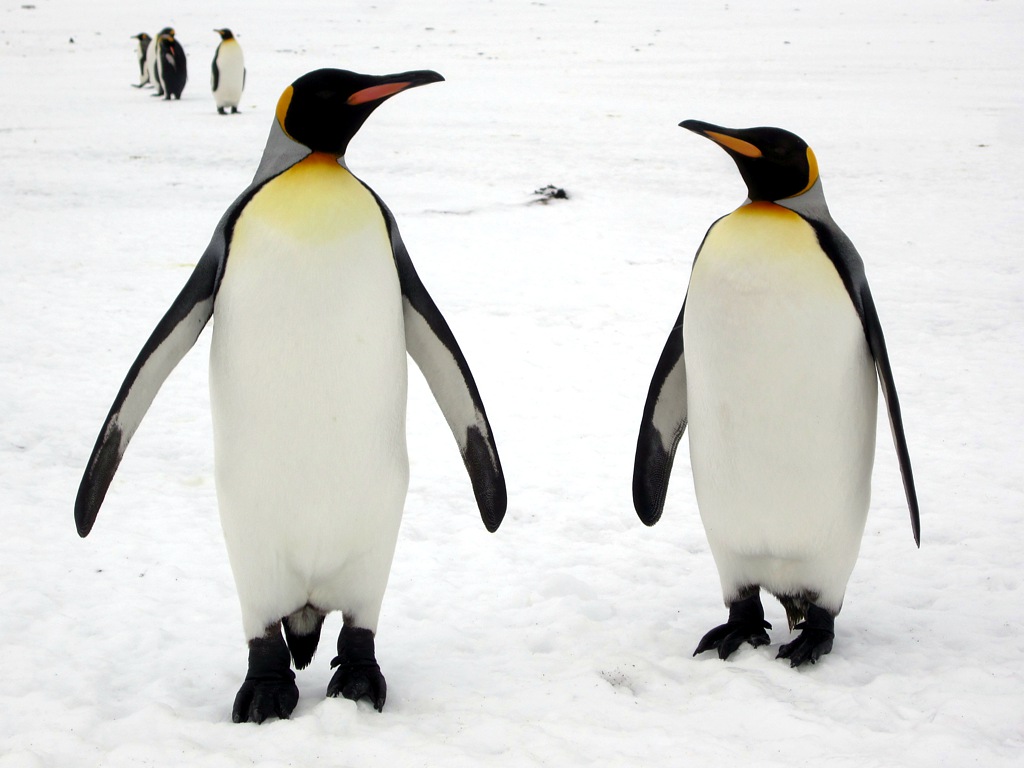
Penguins, particularly the emperor penguin (Aptenodytes forsteri), are well-adapted to life in water. These birds have wings that have evolved into flippers, making them exceptional swimmers. While they cannot fly in the air, they can “fly” through water, reaching speeds of up to 15 miles per hour.
6. Rhea
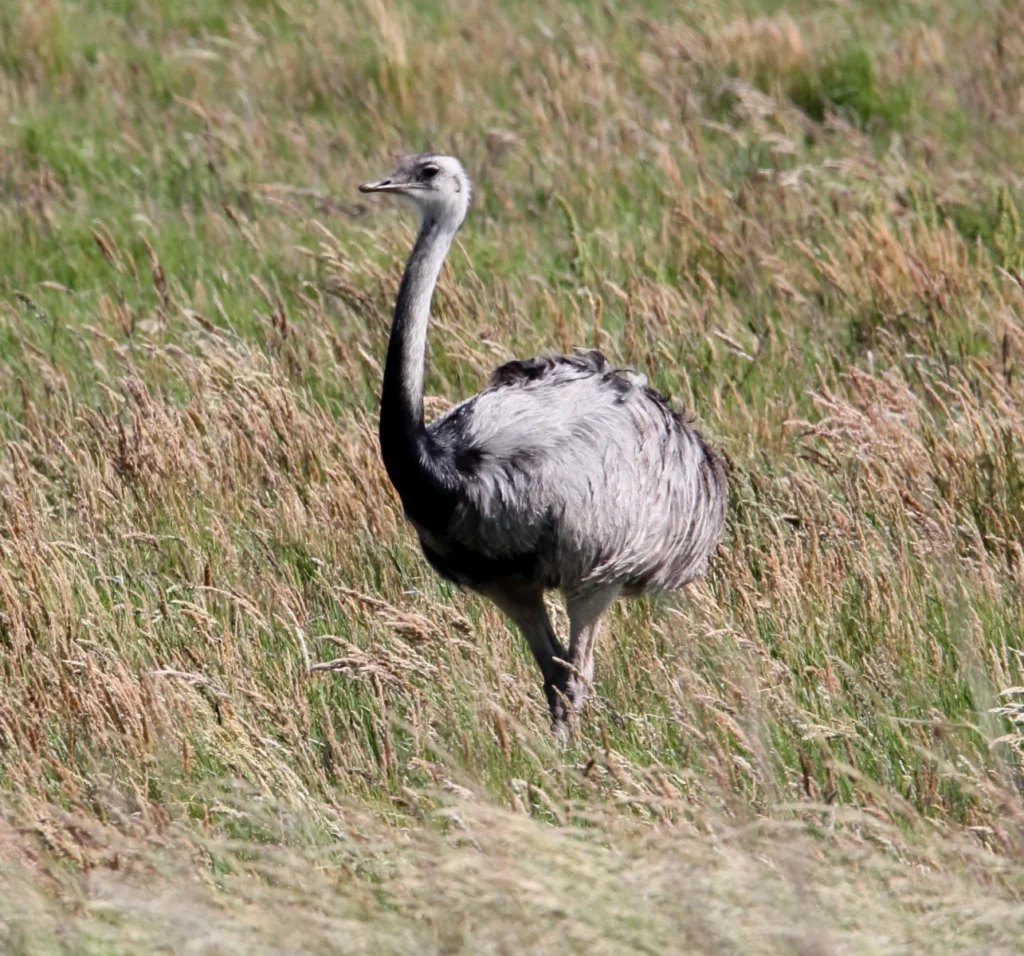
Native to South America, the rhea (Rhea americana) is a large flightless bird resembling an ostrich. Rheas can run at high speeds, making them well-suited to their grassland habitats. Their wings are small and are used primarily for balance while running and for display during courtship.
7. Kākāpō
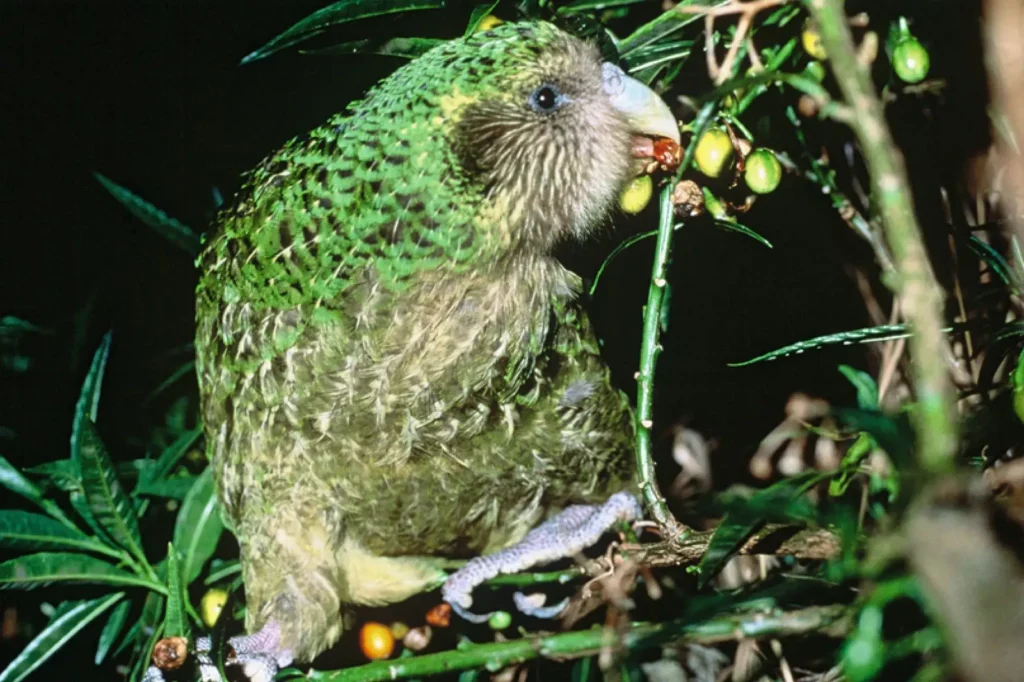
The kākāpō (Strigops habroptilus), also known as the night parrot, is a critically endangered flightless bird native to New Zealand. With its large size and green plumage, the kākāpō is unique among parrots. Its wings are not suited for flight, but the bird is a good climber and uses its wings for balance while navigating trees.
8. Flightless Cormorant
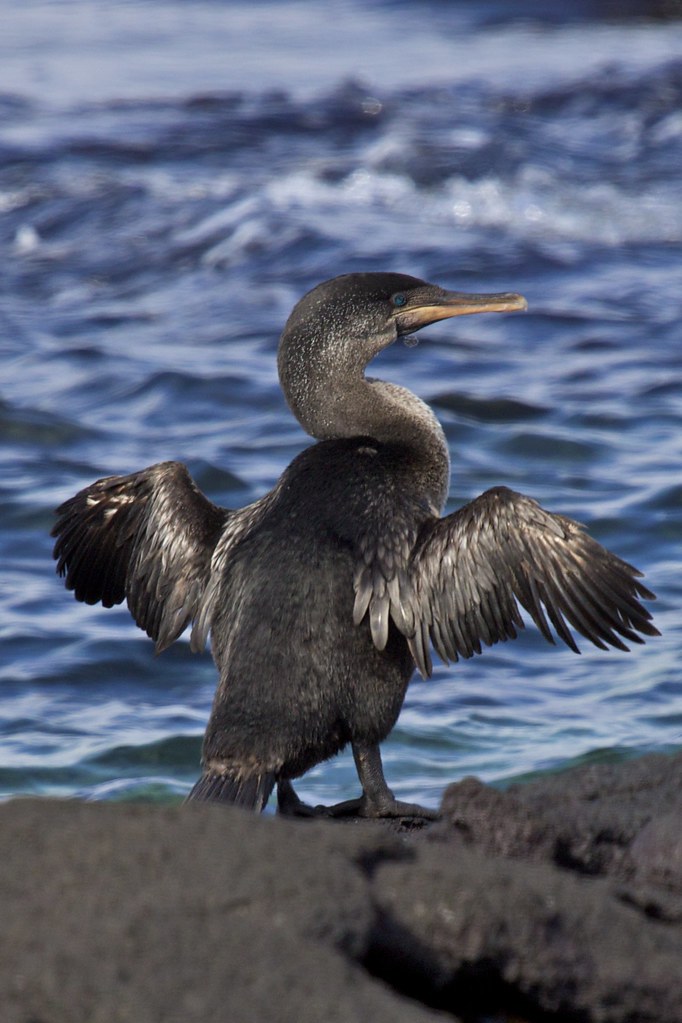
The flightless cormorant (Phalacrocorax harrisi) is native to the Galápagos Islands and is known for its inability to fly. Unlike its flying relatives, this bird has adapted to a life spent swimming and diving for fish. Its wings are reduced in size, making them ineffective for flight but perfect for swimming.
9. Steamer Duck
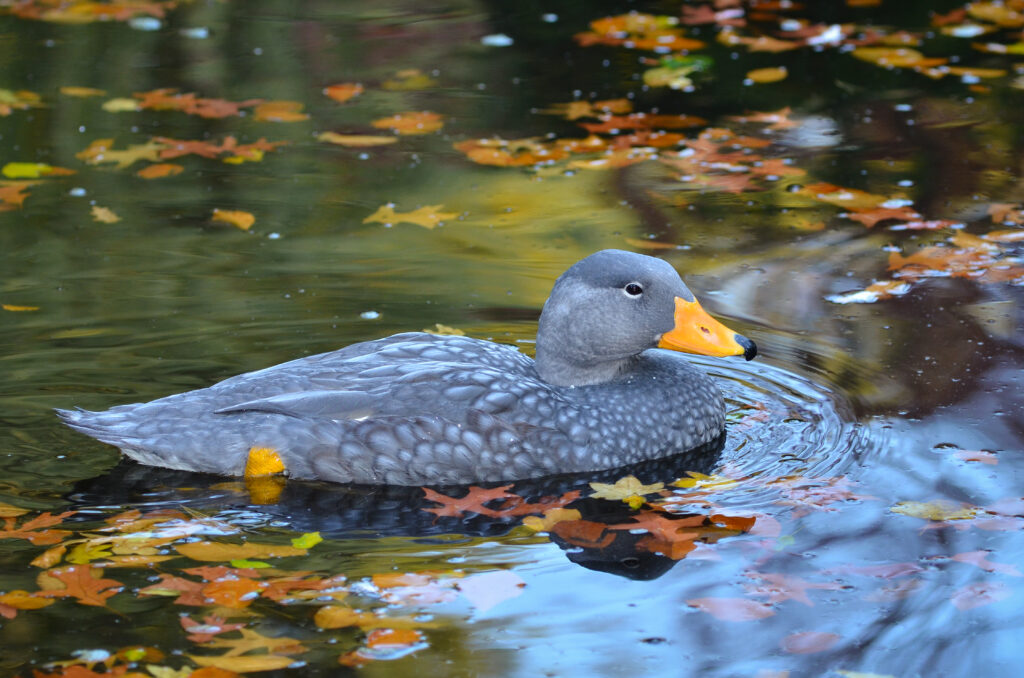
The steamer duck, particularly the Tachyeres pennies, is a flightless bird found in southern South America. These ducks are strong swimmers and use their wings for balance and maneuverability in the water. They have lost the ability to fly as they adapted to their environment.
10. Takahe
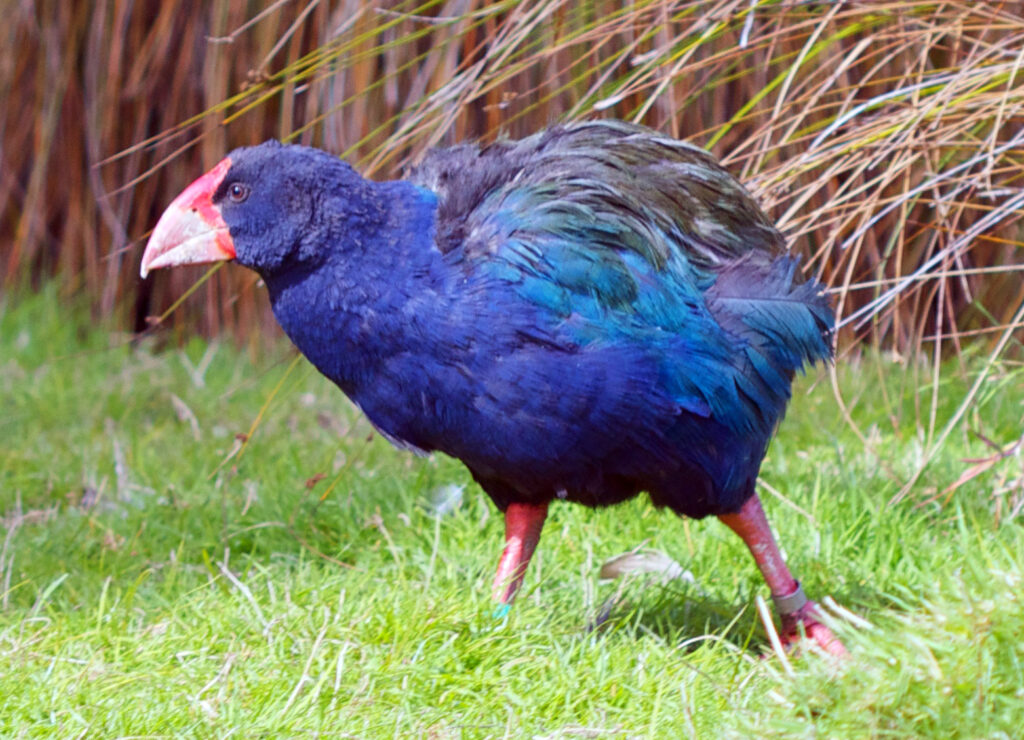
The takahe (Porphyrio hochstetteri) is a large, flightless bird native to New Zealand. Once thought to be extinct, the takahe is known for its vibrant blue and green plumage. Its wings are relatively small and are not used for flight; instead, they are adapted for display and balance.
Conclusion:
These 10 birds that have wings but cannot fly highlight the incredible adaptability of avian species. Through evolution, these birds have developed unique traits that allow them to thrive in their specific environments, demonstrating that the absence of flight can lead to fascinating adaptations and behaviors. Whether they run, swim, or forage, these flightless birds showcase the diverse ways in which life can evolve and adapt, reminding us that the ability to fly is just one of many ways birds have been found to succeed in their habitats.








